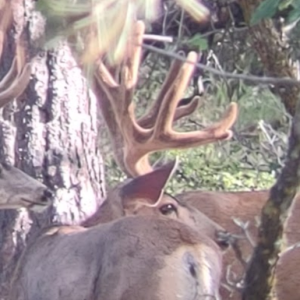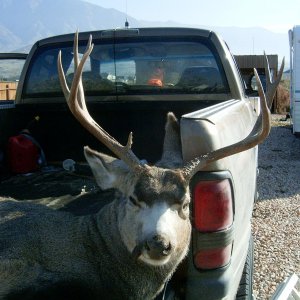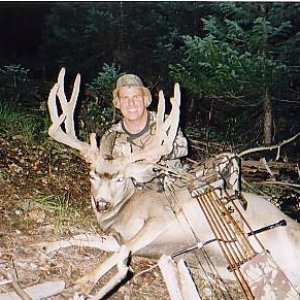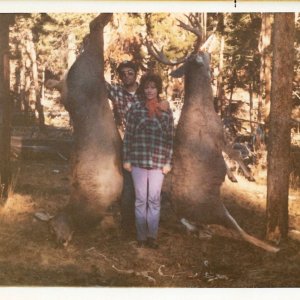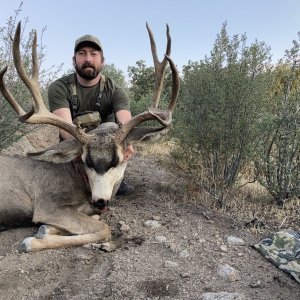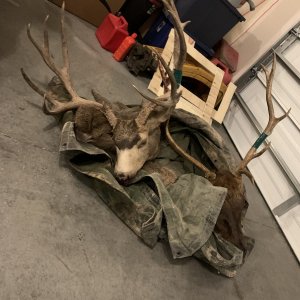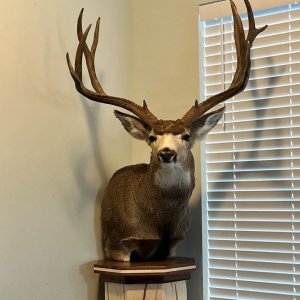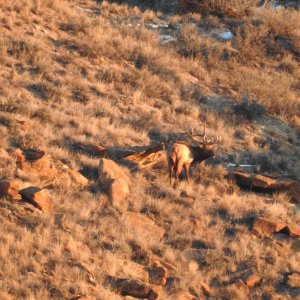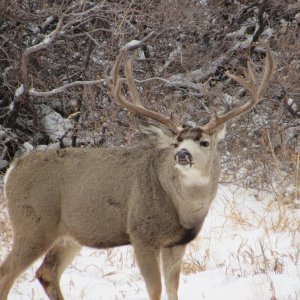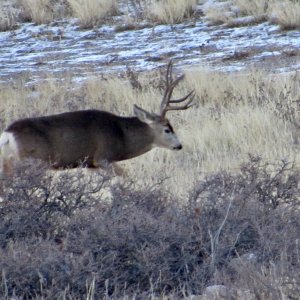http://www.elknut.com
Vortex Optics Dealer
I personally do not put a lot of stock in "rubs" (unless the bull is still there rubbing) as areas to just sit & call or set a stand from. Sure the elk were there at one time but most likely have since moved on. It wouldn't hurt to thrash a bit & give a few dominate screams of your own to see if a response was received but I would focus much more on topo-maps & places the elk will be living/rutting in at that time such as basins, parks or long running draws with water in the bottoms with various scattered parks throughout them & away from most hunting pressure. I would both Glass & Call from vantage spots that would allow me to see or hear from these areas for location only, I wouldn't be trying to call elk to me!
Midday especially if hot out & I wasn't getting into any action I would position myself either on vantage areas where I could hear well from & listen & watch carefully for midday movement or bugling. This would show me aprox bedding areas the elk were using during my hunt there!
Too, if I could locate a well used wallow or water source near those bedding areas I would be focusing on them heavily during midday & especially evenings or last 3-hrs of daylight!
Calling for location, glassing & finding water sources would be my goto method for your time frame, not putting too much focus on rub areas only.
Bring a trail camera or two to set on water sources/wallows or well used trails while you hunt elsewhere, they're great scouting tools for your hunt!
As far as what time frame bulls remove more bark from trees, well that's a toss up, different occasions can influence different elk differently! (grin) How's that for side stepping the question! (grin)
ElkNut1

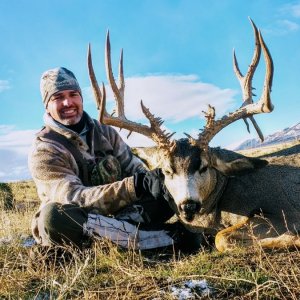
![IMG_3416[1].JPG](/xf/data/xfmg/thumbnail/40/40160-16db8fef6e9d7c5d58bc0c366bc76886.jpg?1700189220)
